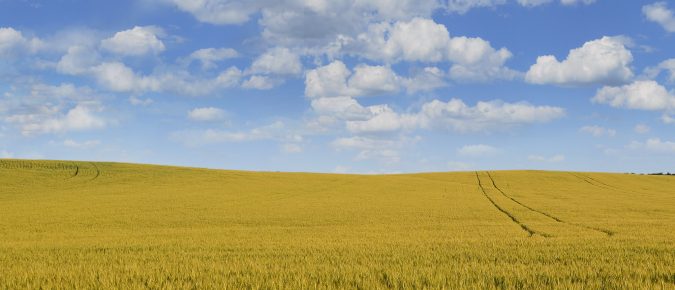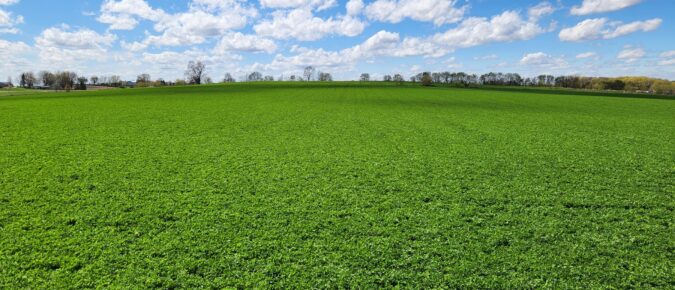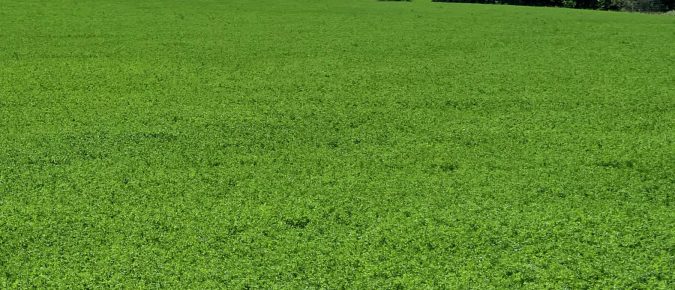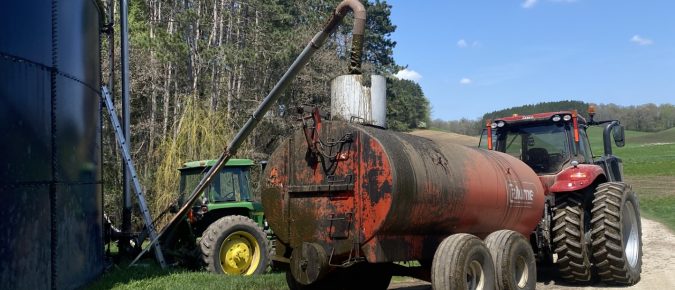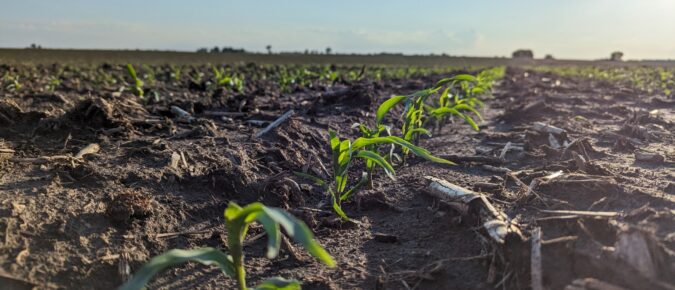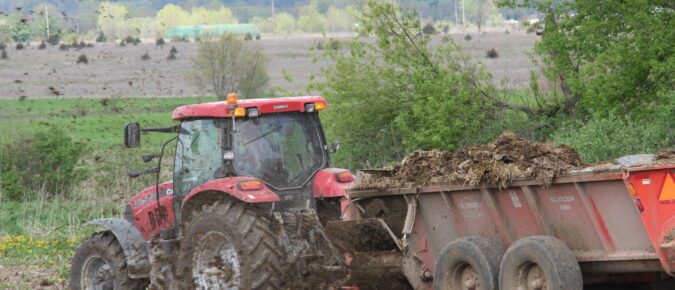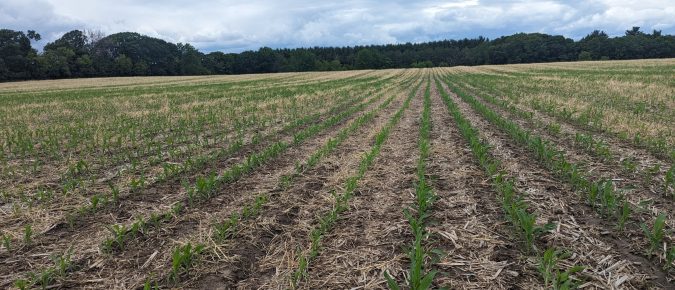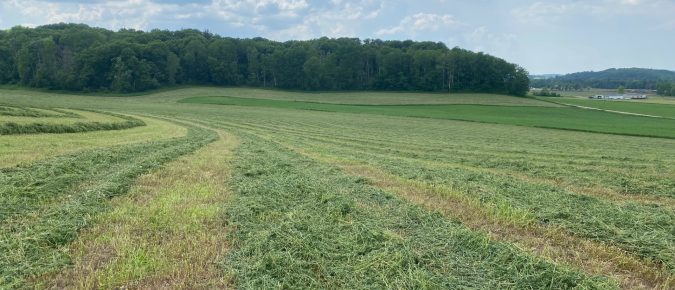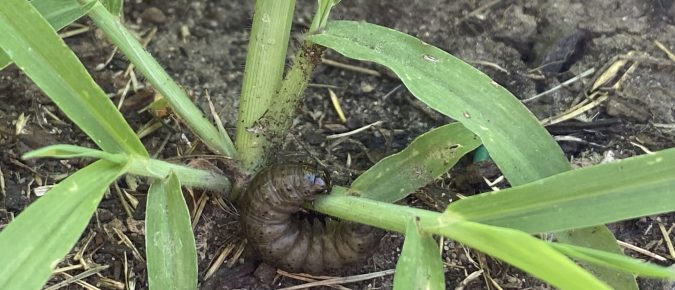Articles
Field Notes Episode 26: Avoiding Dockages and Pushing Yield with Wheat
Before dairy, wheat was king in Wisconsin. Between 1840 and 1880, the state was largest wheat producer in United States, providing a full sixth of the nation’s supply. Today, wheat is 5% of total grain crop (corn, soy, wheat) acres in the state. While there are benefits to having wheat in the rotation and a healthy local market for straw, a higher potential for dockages due to quality standards than corn or soy can be a deterrent for farmers.
Pricing Standing Alfalfa
Pricing standing alfalfa requires an open conversation between buyer and seller, with both parties understanding the inherent value of the forage as well as the cost and risks of harvesting.
First crop insect scouting in alfalfa
It’s almost time to scout for early season insect pests in first alfalfa crops. These pests can impact alfalfa crops’ ability to thrive.
▶ Manure Real-Time Nutrient Sensing Using a Near Infared Sensor System
An overview of Dr. Rebecca A. Larson’s research focused on real-time nutrient sensing in manure using a near-infrared (NIR) sensor system.
▶ Can Wisconsin Liquid Dairy Manure Provide Enough Micronutrients for Row Crops?
Chris Clark presents data from 29 years of manure samples, highlighting trends in micronutrient levels such as calcium, magnesium, sulfur, boron, copper, zinc, manganese, and iron and whether these levels are sufficient for common row crops.
▶ Manure Nitrogen Credits: What do we know, and what’s next?
Dr. Natasha Rayne discusses the concept of manure nitrogen credits and their importance in agricultural nutrient management, how nitrogen credits are calculated, the variability in nitrogen content across different types of manure, and the factors affecting nitrogen availability.
▶ April 24 Wisconsin Ag Weather Update
Join Josh Bendorf from the Wisconsin State Climatology Office as he provides an update on Wisconsin’s weather and considerations for ag professionals.
Cut-and-Carry Mulch Case Studies
For those with the space and energy to experiment, mechanizing a cut-and-carry mulch system is an excellent way to reduce labor while increasing the resiliency of soil on diversified vegetable farms.
2024 Wisconsin Alfalfa Yield and Persistence Program Results
The Wisconsin Alfalfa Yield and Persistence Program is designed to provide forage growers, agricultural professionals, researchers, and the forage industry with a unique look at what is happening at the farm level.
Managing Black Cutworm in Wisconsin Corn Fields
Black cutworm (Agrostis ipsilon) is the most common cutworm species affecting Wisconsin corn, although outbreaks are infrequent and difficult to predict. Black cutworm larvae reduce stand counts and yield potential by cutting corn plants at the base or below ground.

